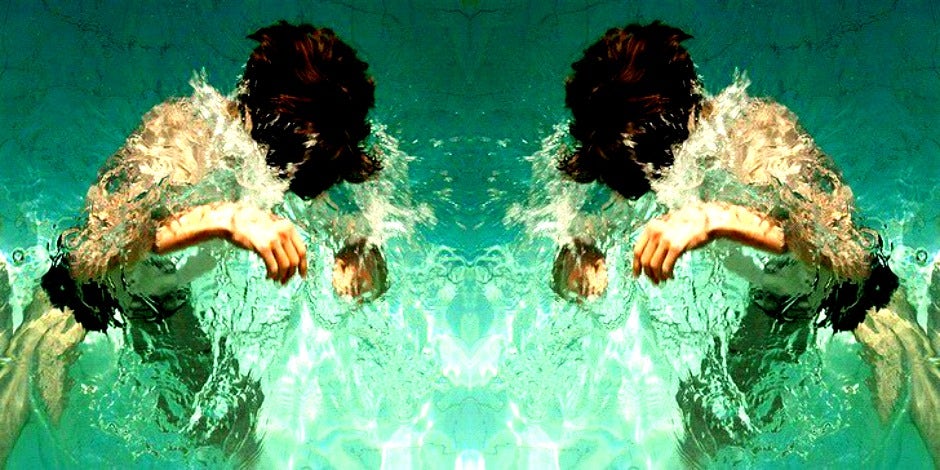What Is Dry Drowning — And How To Stop It From Happening To YOU
Be on the lookout for this scary phenomenon this summer.
 WeHeartIt
WeHeartIt This week, a 4-year-old boy tragically died in Texas from a freak phenomenon known as "dry drowning."
The boy's father, Francisco Delgado Jr., says his little one fell to his death one week after taking a family trip to the Texas City Dike, where Frankie got knocked down by a wave while playing in the water. Delgago explains that his son suddenly stopped breathing, and had only shown signs of a stomach bug (vomiting, diarrhea, etc.) a few days prior.
Related: 10 Ways To Raise Caring Kids To Play In The Summer
The family brought little Frankie to the hospital, but it was too late to save him. Doctors confirmed the boy had fluid in his lungs and around his heart, an incident known as "dry drowning."
Today reports that dry drowning is extremely rare, but very dangerous, and it's important to know the causes, symptoms and warning signs.
"Dry drowning is very visible," Dr. Wally Ghurabi, medical director at Nethercutt Emergency Center, UCLA Medical Center Santa Monica, explains. It occurs when water enters the mouth or the nose and gets trapped by the muscles and spasms, causing the person to asphyxiate.
The ingestion of water doesn't need to be in large quantities for this to happen, either. All it takes is a few "gasps" and these symptoms can still occur later on. It then shows signs of choking — such as the person turning blue.
Related: 10 Tips For Traveling With Your Baby
"You might not witness your child inhale any pool water, but it's important to watch out for signs soon after an event that could cause dry drowning," Purva Grover, medical director of Cleveland Clinic Children's pediatric emergency departments explained. Grover says that other things, such as fever, mood swings and coughing, are signs that dry drowning may be occuring.
This form of drowning is often used interchangeably with the term "secondary drowning," though the two have a couple of differences.
This form of drowning escalates specifically over a 24-48 hour period, and shows as "rapid, labored breathing" — that is, you'll notice your child working hard to catch their breath. Parents often note that noticing their child just being "off" is another sign of secondary drowning.
Related: My Battle With A Co-Sleeping Lifestyle
It may seem as though these incidents are far from preventable, but there are a few things parents can do to make sure dry drowning doesn't happen.
First and foremost, be sure your kids are comfortable in the water. Aside from being able to swim, they should know how to properly breathe in the water without gulping water into their system.
Second, keep a close eye on your children while they're in the water, paying close attention to whether or not they ingested water. Seek immediate medical care if you're concerned about the situation, especially so if your child is showing signs of dry drowning a few days after swimming.

